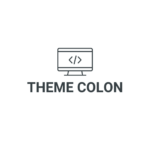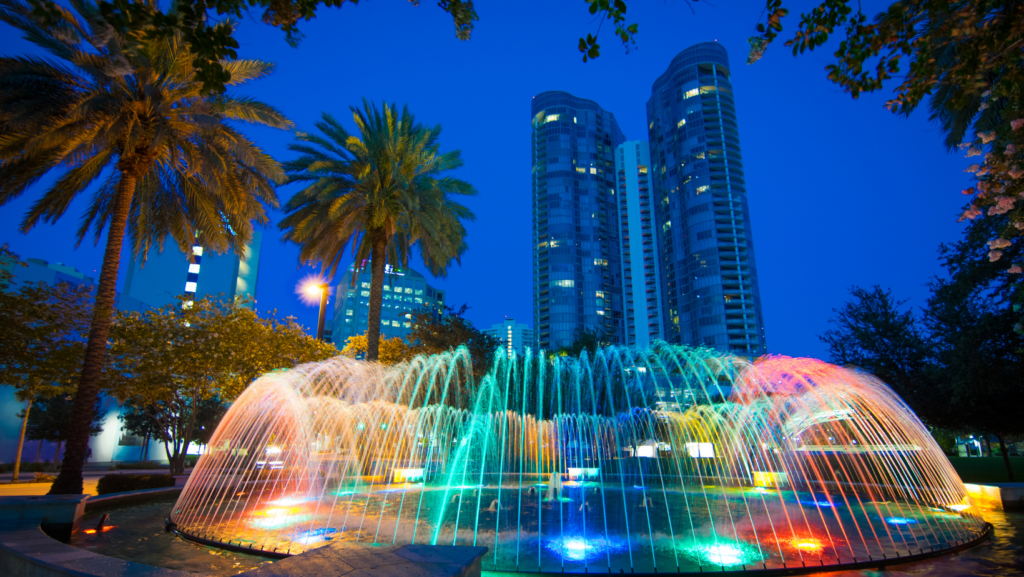In the bustling city of Fort Lauderdale, web design has taken a front seat in the digital marketing landscape. It’s a vibrant field, teeming with creativity and innovation, where aesthetics meet functionality to create user-friendly experiences.
From small businesses to large corporations, everyone’s vying for a piece of the digital pie. And with the right web design, they’re not just making their mark, they’re setting the pace. Let’s delve into the world of web design in Fort Lauderdale, exploring its significance, trends, and how it’s shaping the city’s digital future.
So, if you’re curious about what makes Fort Lauderdale’s web design scene tick, or you’re looking to harness its power for your own business, you’re in the right place. Stay tuned as we unravel the digital tapestry of this sunny Florida city.
Web Design Fort Lauderdale

Web design Fort Lauderdale encapsulates innovation, creativity, and strategy, driving the digital frontier of the city.
Localized web design positions businesses in Fort Lauderdale prominently in the digital realm. A tailored local approach, informed by market trends and customer preferences, can boost online visibility. When compared to generic web designs, localized websites often yield better engagement rates. For example, local eateries might highlight iconic dishes or events exclusive to Fort Lauderdale, engaging users that mirror the local market.
Key Components of Effective Web Design
An effective web design comprises key elements that balance aesthetics with functionality. User-friendly navigation, mobile compatibility, and intuitive interface lay the foundation for an effective website. Visual elements such as color, typography, and layout infuse individual identity, while content, bolstered by SEO tactics, fuels the site’s visibility on search engines. For instance, a Fort Lauderdale retailer’s website may utilize vibrant color schemes and local imagery, while keeping navigation simple and mobile-responsive. The combination of these key components crafts a distinctive and engaging online presence for businesses in Fort Lauderdale.
Leading Web Design Firms in Fort Lauderdale

Several top-tier web design firms in Fort Lauderdale pioneer the digital landscape. They apply innovative design techniques and build custom solutions to address local business needs.
Leading web design firms in Fort Lauderdale set themselves apart by using innovative design techniques. Employing immersive technologies such as Augmented Reality (AR) and Virtual Reality (VR), firms bring a unique interactive experience, broadening the boundaries of user interface design. Additionally, they leverage advanced JavaScript and CSS techniques, making web navigation more fluid and intuitive. Moreover, techniques like Micro-Interactions are utilized to make even the minutest elements of a site responsive and engaging. Through these innovative approaches, the firms in Fort Lauderdale manage to capture users’ attention and create memorable online experiences.
Custom Solutions for Local Businesses
In terms of providing custom solutions, the web design firms in Fort Lauderdale excel. Understanding that each business represents a unique blend of products, services, and customer preferences, these firms curate website designs that reflect the business’s unique identity. They meticulously study local market trends and customer behaviours, subsequently shaping a design strategy that maximizes online visibility.
Trends in Fort Lauderdale Web Design

Fort Lauderdale’s web design scenario constantly evolves, reflecting innovative strides in technology, user experience, and design principles. Current market trends emphasize the importance of mobile optimization and the adoption of emerging technologies.
In Fort Lauderdale’s digital domain, mobile optimization isn’t merely a trend – it’s a prerequisite. Emphasizing user experience, web design companies make websites easier to navigate on mobile devices. Ensuring a beautiful layout, fast loading times, and convenient menu design is their primary focus. For instance, websites feature responsive designs, automatically adjusting layout based on users’ screen sizes.
Mobile optimization also includes enhancing website’s speed and performance. Many web designers employ techniques such as reducing image sizes, leveraging browser caching, and minimizing HTTP requests. Reducing the loading speed to under three seconds is a common goal, considering Google’s report (2018), indicating a bounce rate of 32% for loading times longer than 3 seconds.

